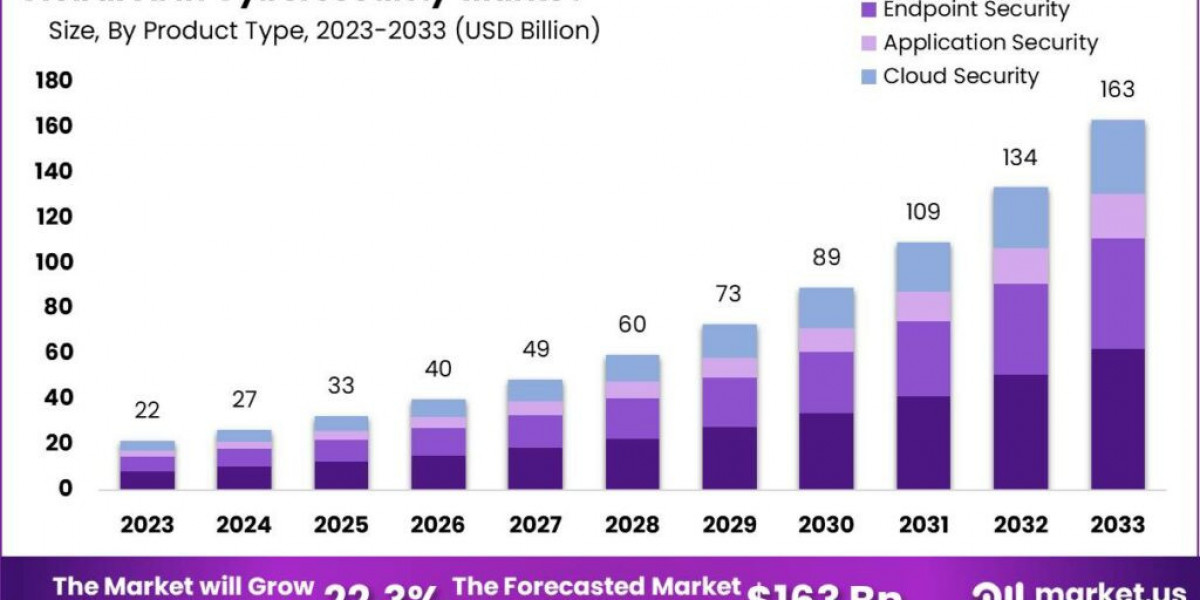Introduction
The AI in cybersecurity market is rapidly evolving due to the growing complexity of cyber threats and the need for advanced defense mechanisms. Key growth factors include the rising number of cyberattacks, the proliferation of Internet of Things (IoT) devices, and the demand for sophisticated security solutions. AI-powered tools provide enhanced threat detection, faster response times, and improved accuracy in identifying vulnerabilities. However, challenges such as high implementation costs, a shortage of skilled professionals, and concerns about privacy and ethics persist. Despite these obstacles, the market presents significant opportunities for innovation and growth, particularly in predictive analytics and automated incident response.
Emerging Trends
- Advanced Threat Detection: AI systems are increasingly used to identify and counteract sophisticated cyber threats in real-time, improving overall security posture.
- Behavioral Analytics: AI leverages behavioral analytics to detect unusual patterns and potential threats based on user behavior.
- Automated Response Systems: AI-driven automation helps in responding to incidents swiftly, reducing the impact of cyberattacks.
- Integration with IoT: AI enhances the security of IoT devices, which are often vulnerable to attacks, by providing robust monitoring and protection mechanisms.
- AI-Powered Threat Intelligence: AI tools analyze and interpret vast amounts of threat data, offering actionable insights to cybersecurity professionals.
Top Use Cases
- Fraud Detection: AI identifies fraudulent activities in real-time by analyzing transaction patterns and user behavior.
- Network Security: AI systems monitor network traffic to detect and mitigate potential threats and anomalies.
- Endpoint Protection: AI secures endpoints such as computers and mobile devices by identifying and blocking malicious activities.
- Phishing Detection: AI algorithms analyze emails and messages to detect and prevent phishing attacks.
- Incident Response: AI automates the response to security incidents, minimizing the time taken to neutralize threats.
Major Challenges
- High Implementation Costs: The cost of deploying AI solutions can be prohibitive for many organizations, especially smaller businesses.
- Skill Shortage: There is a significant shortage of professionals skilled in both AI and cybersecurity, hindering widespread adoption.
- Privacy Concerns: The use of AI in monitoring and data analysis raises concerns about privacy and data protection.
- Ethical Issues: The deployment of AI in cybersecurity must address ethical considerations, such as bias in AI algorithms.
- Evolving Threat Landscape: Cyber threats are constantly evolving, requiring continuous updates and advancements in AI technologies to stay effective.
Market Opportunity
- Predictive Analytics: Using AI to predict potential cyber threats before they occur offers a significant market opportunity.
- Small and Medium Enterprises (SMEs): SMEs represent a growing market for AI cybersecurity solutions as they increasingly recognize the need for robust security measures.
- Cloud Security: As more businesses move to the cloud, AI solutions for cloud security are in high demand.
- Managed Security Services: AI can enhance managed security services by providing real-time threat detection and response capabilities.
- Regulatory Compliance: AI helps organizations comply with regulatory requirements by automating compliance processes and reporting.








